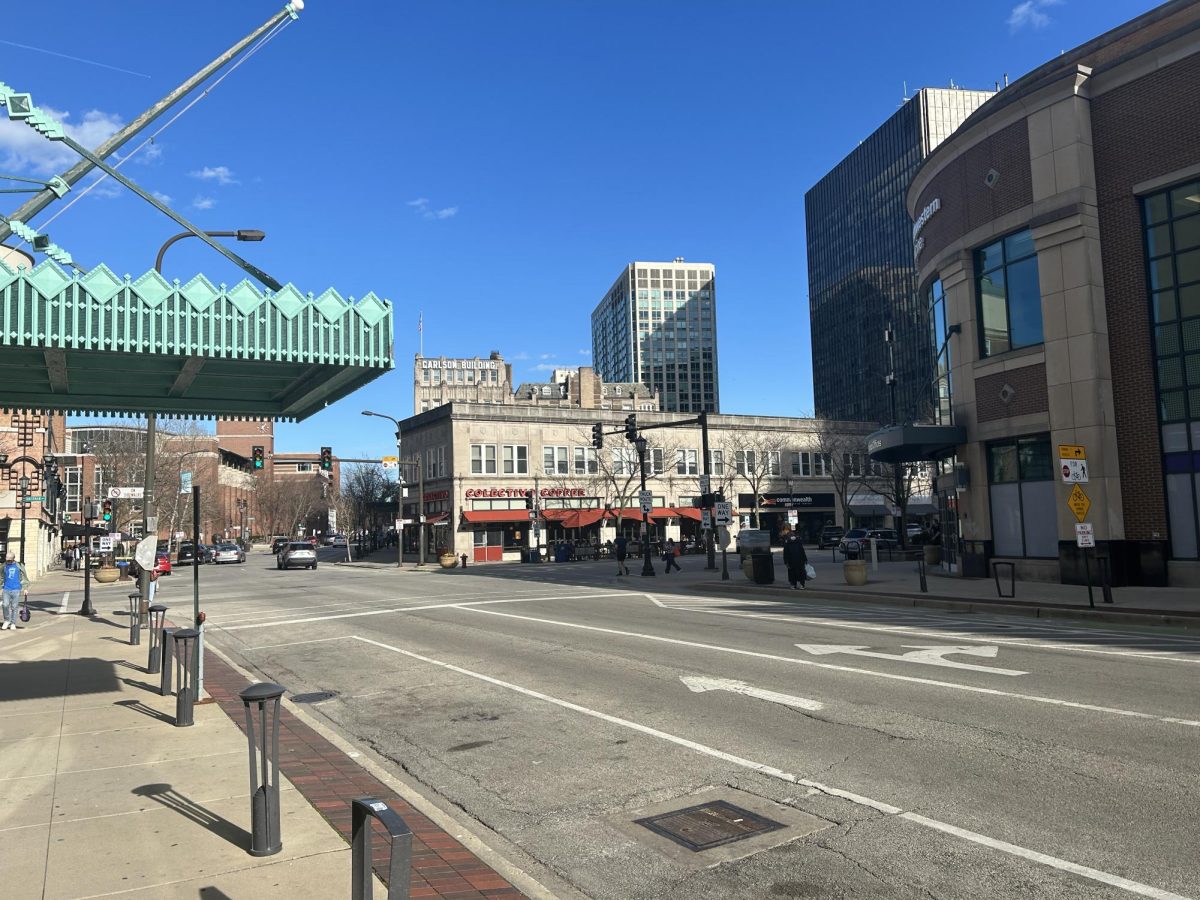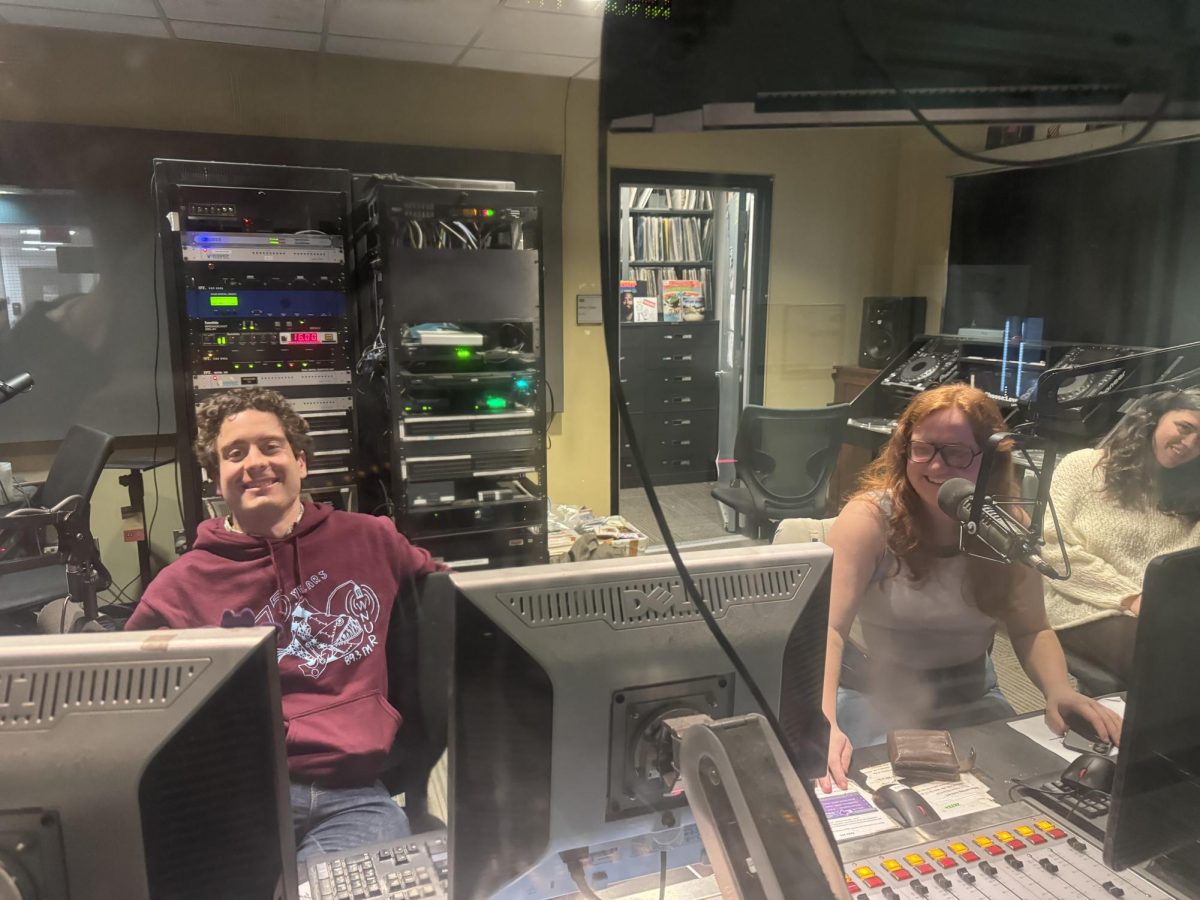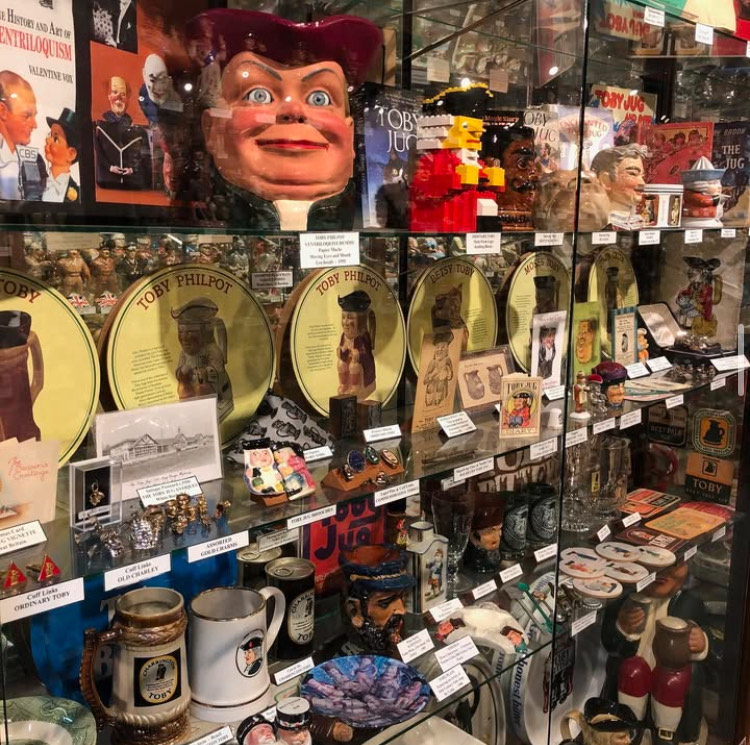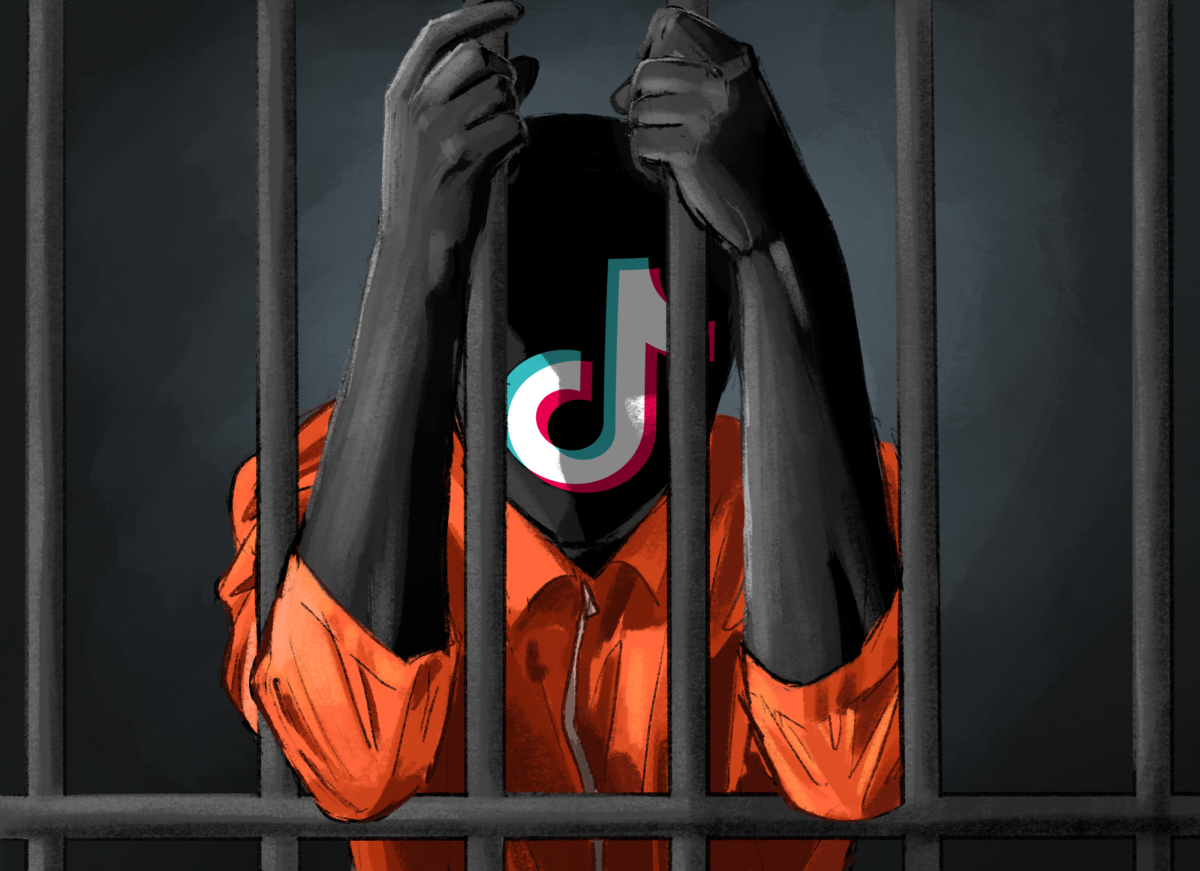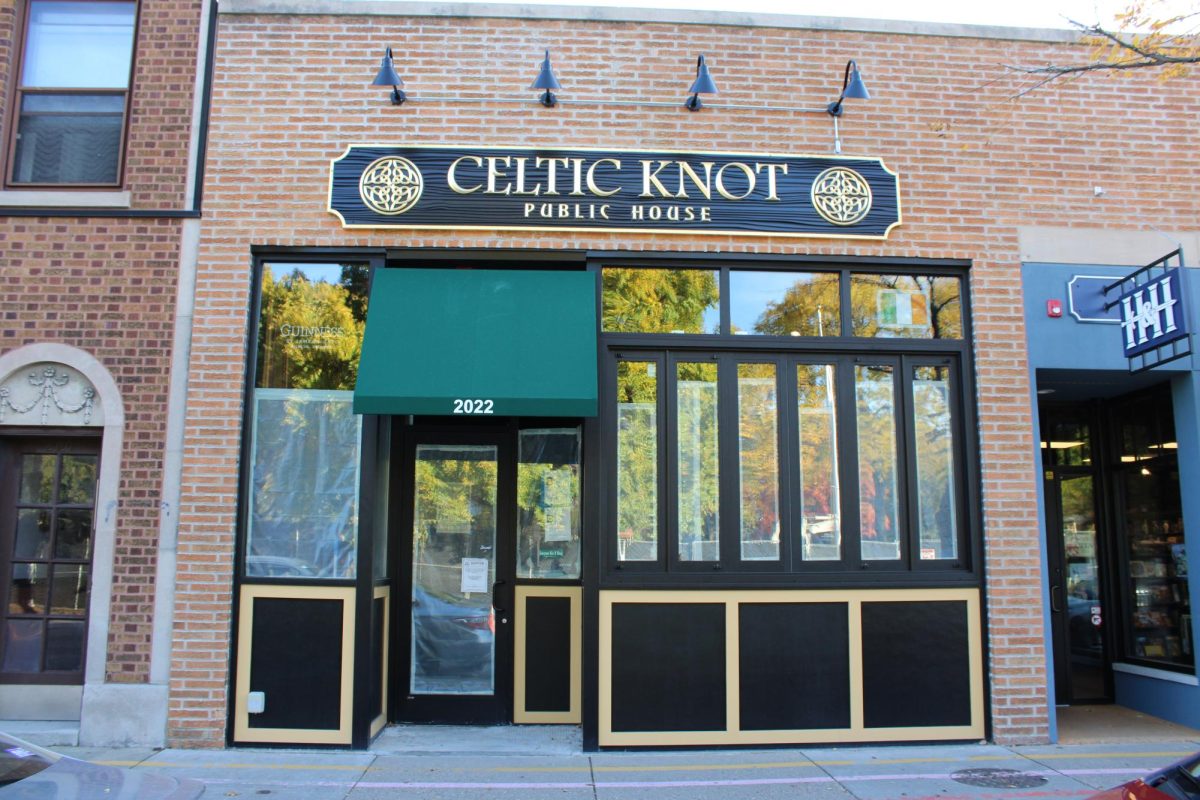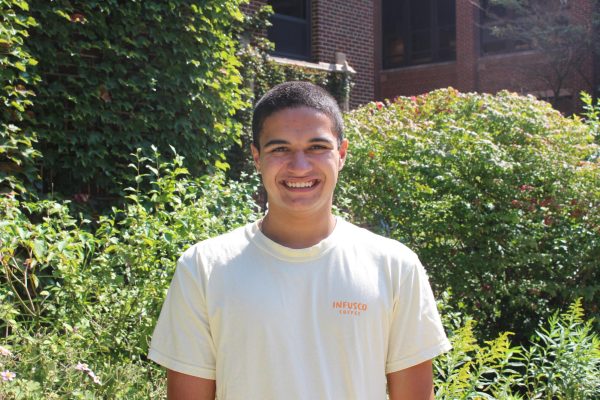Although over four years have passed since the COVID-19 pandemic, many local small businesses are still feeling the effects on their profit. To mitigate those damages and support local business owners, the City launched the Small Business Recovery Program in January.
“We want our businesses in downtown Evanston to succeed and to thrive. Sometimes, it may be as simple as a little extra cash infusion at the right time to get to a better place. So hopefully, this will have a positive impact on a number of businesses in helping them to recover,” said Andy Vick, Executive Director of Downtown Evanston, a nonprofit organization that manages many aspects of the city center.
The grant is funded by the Evanston Thrives program, an effort that focuses on bolstering Evanston’s retail districts, and will be able to allocate up to $25,000 to an applicant from a $250,000 dollar pool. The pool grew to $400,000 after an additional $150,000 from participatory budgeting was added.
“We’ve already had a pretty overwhelming demand of applications, more applications than available funding. So we will wait until after the application period is over on April 15 to start reviewing and prioritizing,” said Katie Boden, Economic Development Coordinator for the City of Evanston.
This means that businesses that meet certain criteria, such as minority and women owned businesses, businesses that haven’t received prior funding, or businesses that show direct negative correlation to the pandemic, will get priority in funding. Not all businesses will receive the entirety of the amount they requested.
“There’ll be an internal committee review of all the applications and then they’ll be scored. So we’ll do the best we can to help as many businesses as we can,” said Boden.
Although the grant is sure to be helpful to many businesses in need, the overwhelming number of applications proves that the vast changes in human lifestyle since March of 2020 continue to cause an unfortunate effect on local businesses.
“Evanston was a pretty busy place pre-pandemic with commuters coming into the city to work. Now, with many people working remotely or hybrid, there are fewer bodies in downtown Evanston to shop at our retail stores and to eat at our restaurants at lunchtime,” said Vick.
However, lack of foot traffic isn’t the only issue the pandemic has caused. While in quarantine people became much more reliant on online shopping and food delivery services. Now, even without any COVID restrictions, many people still prefer to shop from home.
“There’s so much more joy, I think, to going out and shopping in person in a local store where you can interact with the proprietor and touch and feel the merchandise and see if that’s what you’re looking for, but many people have yet to return to that modality of shopping,” said Vick.
The Small Business Recovery Grant isn’t going to solve these long term problems for small businesses trying to stay afloat, but it will allow them more time to make changes to their business models to cope with the new needs of their consumers.
“People are trying to change some of the things that they’re doing and be better at marketing. [They’re trying to] modernize their space, update their equipment and find ways that set them apart to get people in,” said Boden. “These are all things that we’re trying to work [to do] with businesses.”
With the grant and other initiatives, the City of Evanston is working hard to ensure its small businesses are thriving, but the process is never easy.
“It has been a grind to watch the businesses just hustle and hustle and hustle to get through, and so many of them have changed their business model,” said Kathrine Gotsick, Executive Director of the Main-Dempster Mile, a commercial district. “They adapted their order fulfillment, they tried new things and new products and here we are four years later still trying to work it out.”


